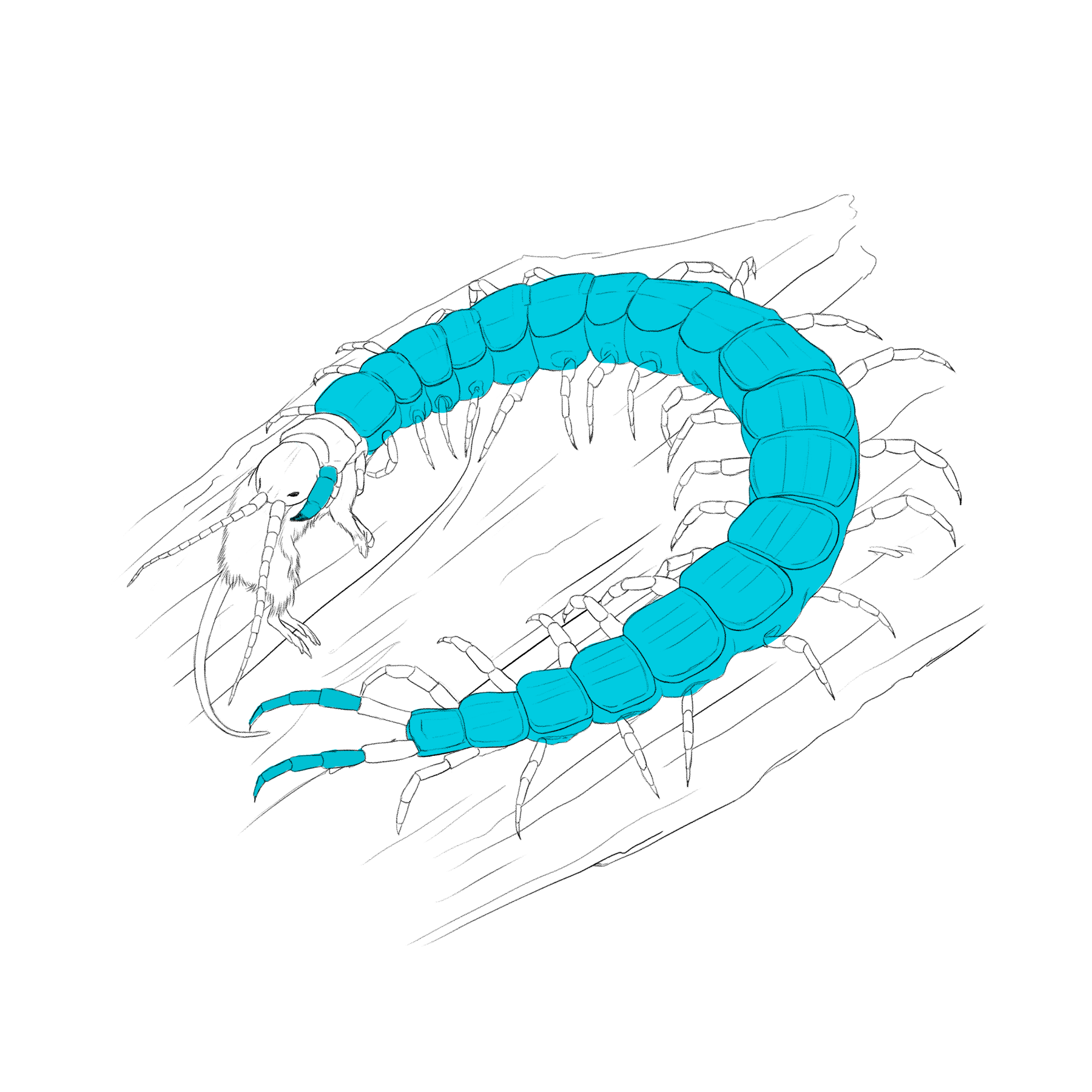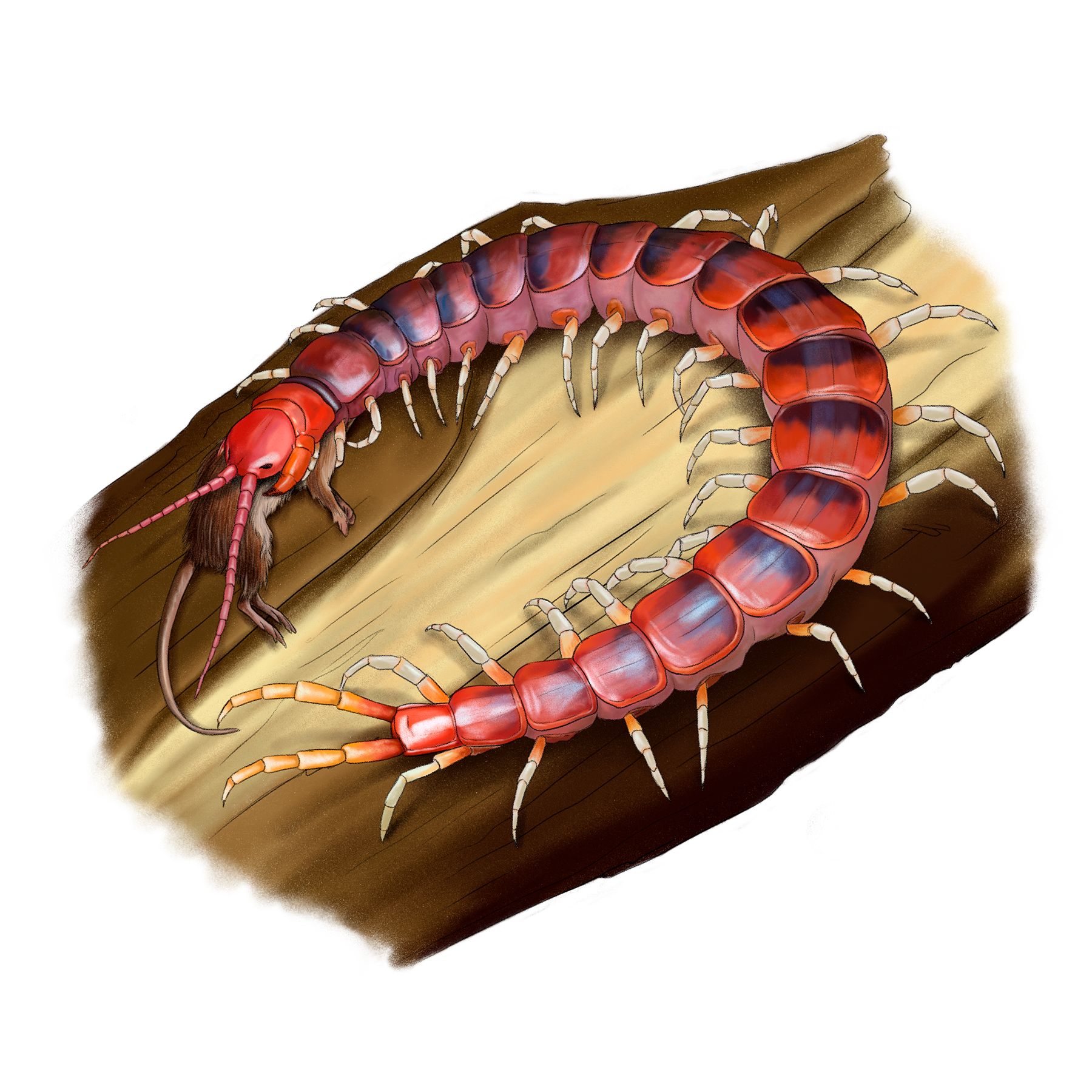
✎ Luis Mora
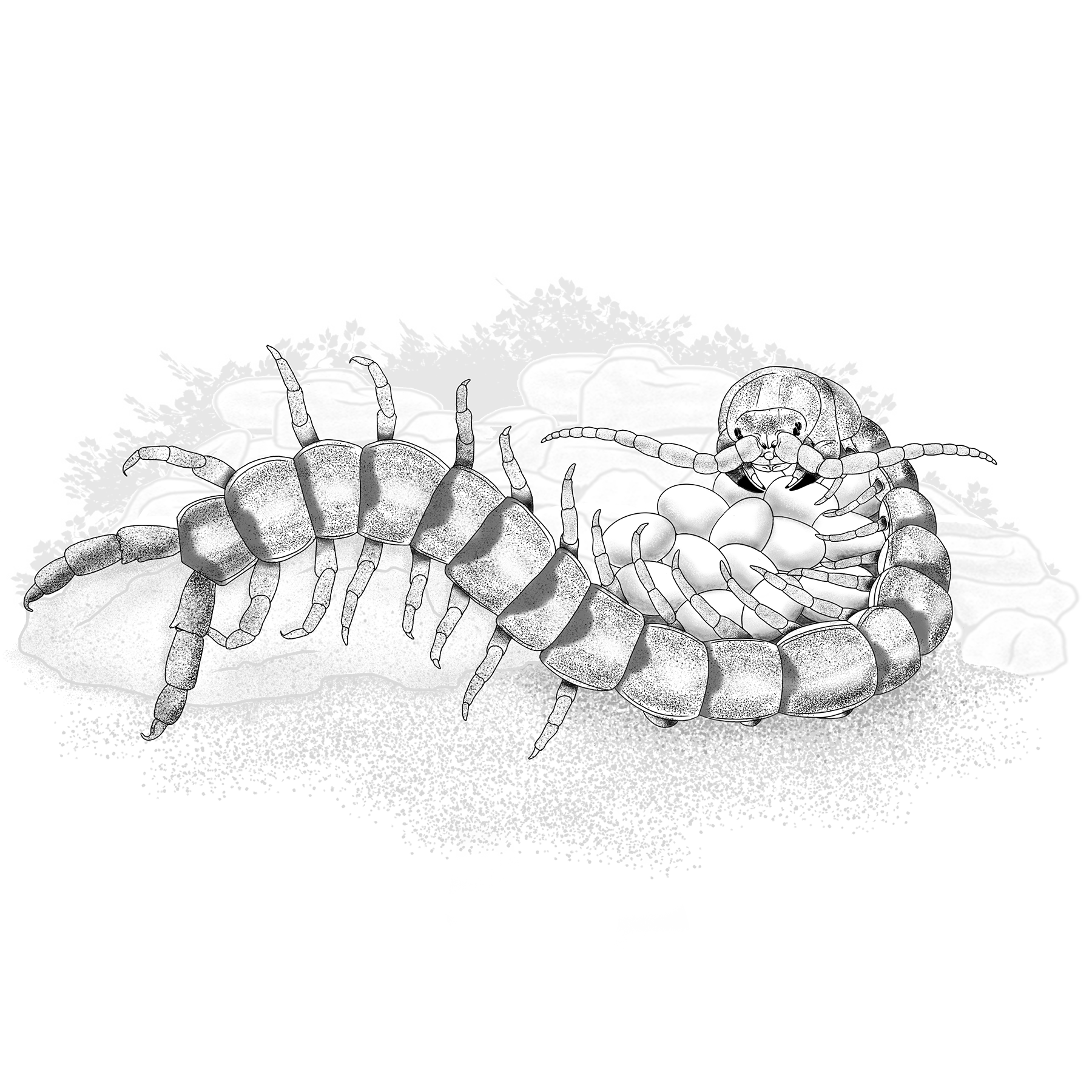
✎ Diego Aguilera
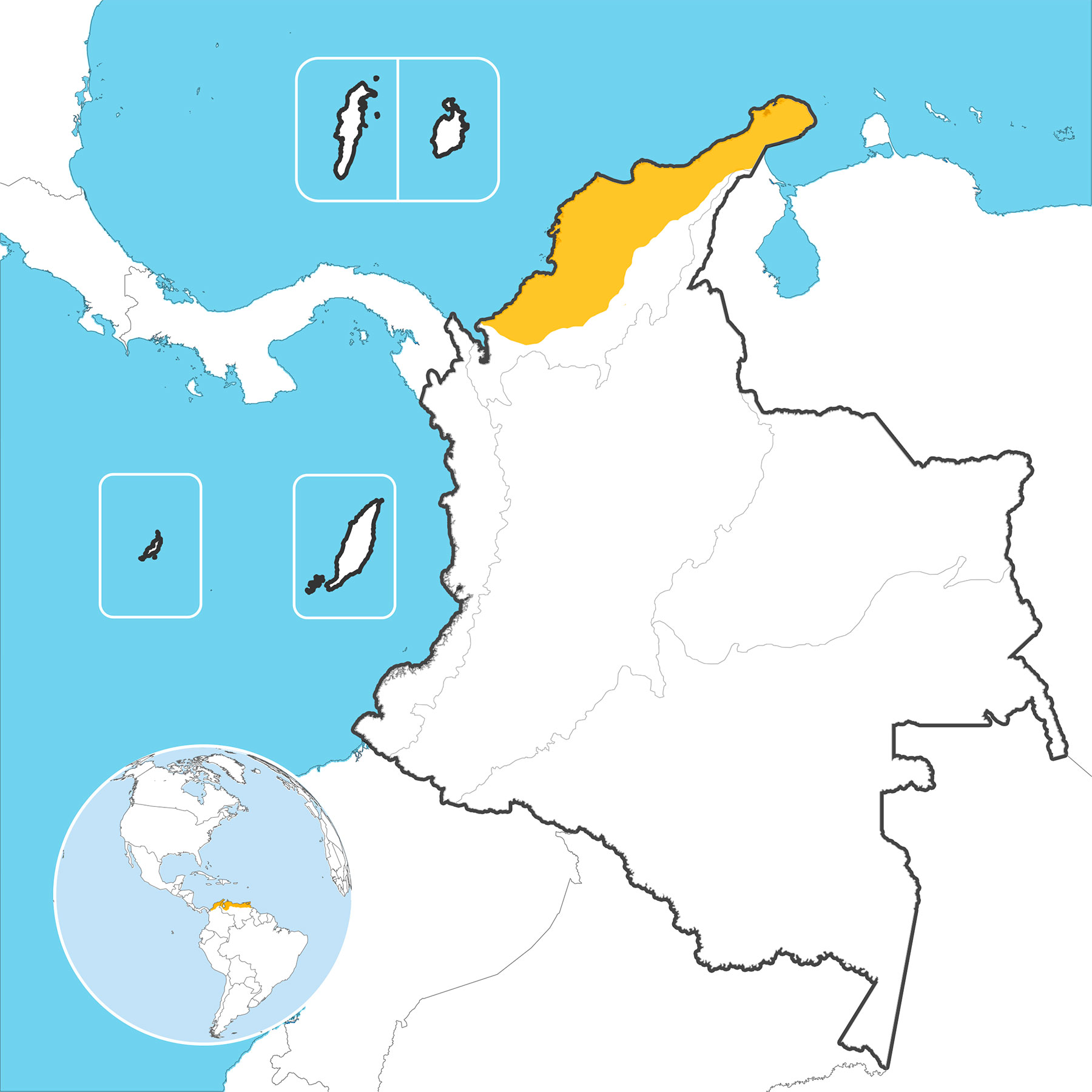
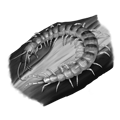
Giant yellow-leg centipede
Scolopendra giganteaCaribbean region
RECORRIDO VIRTUAL POR LA BIODIVERSIDAD DE COLOMBIA
Museo de Historia Natural
Universidad Nacional de Colombia

Giant yellow-leg centipede
Scolopendra gigantea
Morpho-functionality
Maxillipeds
With the pair of maxillipeds it has, it injects the venom into its prey.
Body
Throughout its body there are holes connected to tracheae through which it carries and brings oxygen and gases that its cells expel.
Last pair of legs
The last pair of legs is longer than the rest and has a sensory function.
Lifecycle
The males do not have any copulatory organ but make a silk sac in which they deposit their sperm and then pass it on to the female whom deposits her eggs and take care of them, even long after they have hatched and until the young are independent. It is difficult to recognize sex in these animals even as adults.
At birth young S. gigantea are identical to adults and do not undergo metamorphosis. Their segmentation is completed during embryogenesis, they hatch from the egg with their final number of segments. This embryonic development is known as epimorphosis.
Giant yellow-leg centipede
Distribution
It is common to see them in fallen logs, litter and under rocks in the tropical and subtropical jungles of the north of the South American continent. They are usually found in humid environments such as forests, grasslands and bushes, because they do not have the layer of wax on their cuticle that prevents dehydration.
Distribution area
